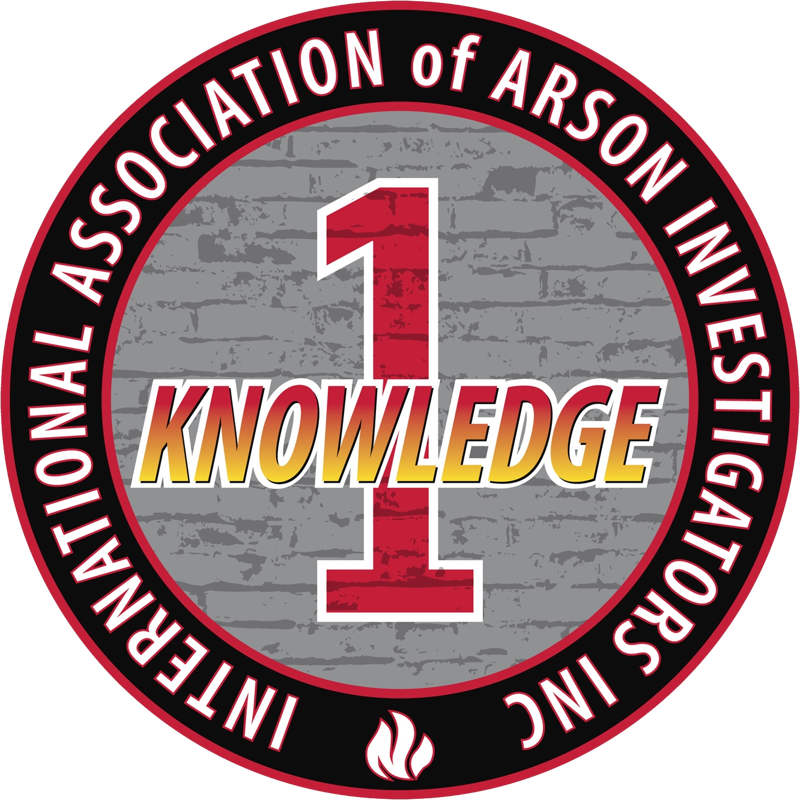At the conclusion of this module the students will be able to:
- Define and describe the various components of personal protective equipment
- Define and describe the relevant personal protective equipment terminology
- Identify and define the roles and responsibilities of the employee and employer in the use of personal protective equipment
- Identify and define the various governmental guideline(s) establishing personal protective equipment requirements

